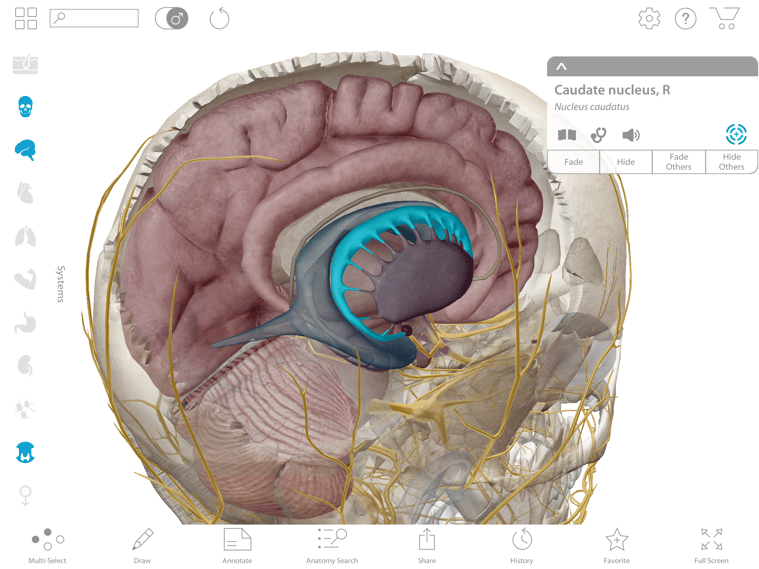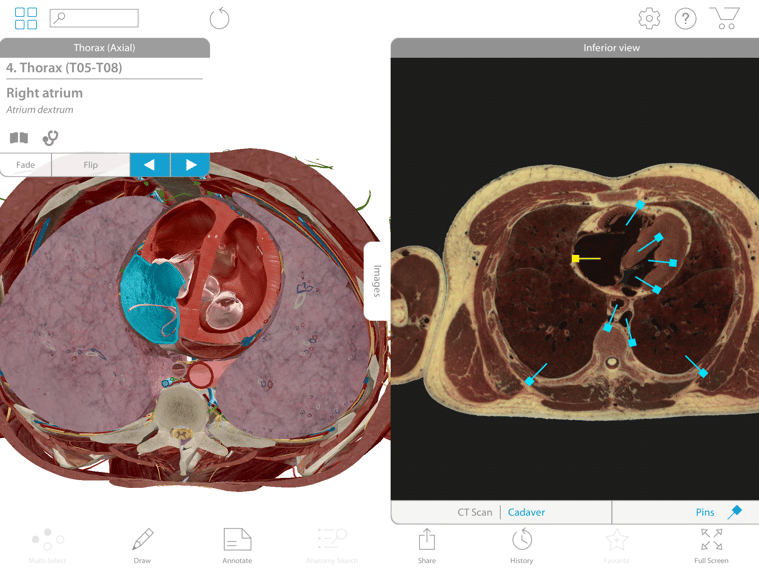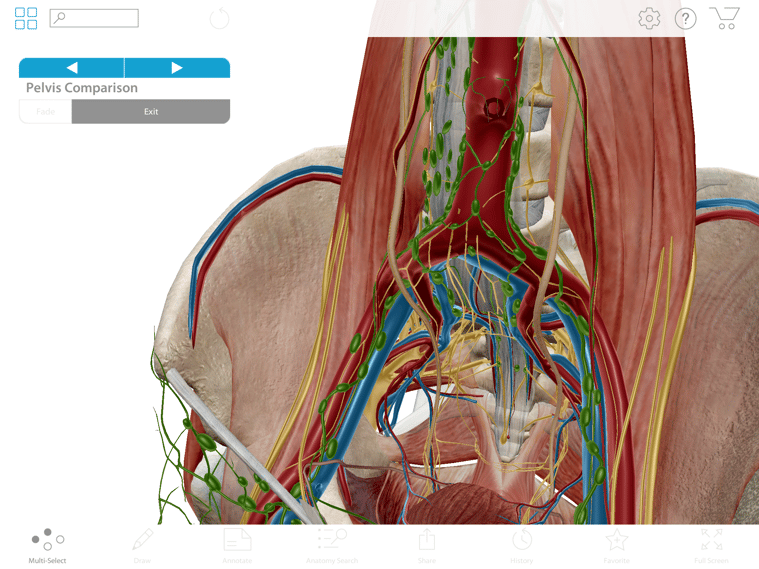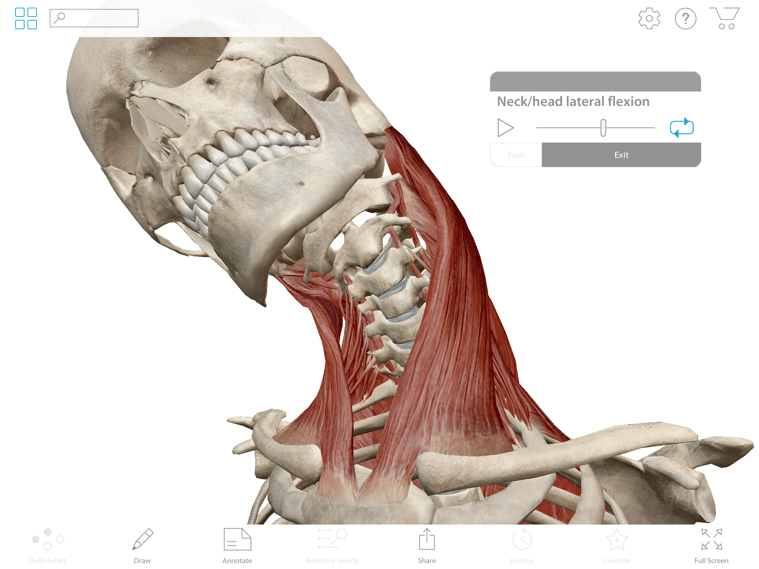Posted on 1/13/17 by Sofía Pellón
In our last post, we spoke to a few students who use Human Anatomy Atlas, and they have a lot of cool insights into how using our app helps them study and learn. Kathryn, Brandon, and Kiko each have a different perspective on learning and teaching anatomy. Today, they’re talking to us about the benefits of instructors using 3D anatomy models in lecture and lab.
Kathryn R. is a nursing student at Salem State University who also tutors undergraduate students studying Anatomy & Physiology. Brandon B. is a first-year medical student at Northeast Ohio Medical University. Kiko S. works as an adaptive yoga instructor and is in the process of applying to an Occupational Therapy graduate program. A former 3D Draft and Design engineer, he's currently a student at Augusta University.
Kathryn: Yes, I think it would help enrich class discussion. It would help visual learners greatly. Atlas is very visual compared to the textbook. You're able to see the pictures in 3D compared to the very limited pictures in books.

Image from Human Anatomy Atlas.
Brandon: I believe use of Atlas by instructors would be incredibly beneficial to the whole class, as well as the instructor. Medical school is a bit different from undergraduate school in that it requires the exploration of various resources in order to find the one or few that work for you in the quest to enhance understanding. At times, this may or may not even include the instructor's lecture (believe it or not!).
It is important to consider that instructors are generally limited to 2D visuals with anatomical descriptors, occasionally alongside graphics or videos, embedded in their prepared presentations, as they are tasked in covering copious amounts of material in the relatively brief amounts of time set aside for lecture.
Anatomical descriptors, although universally used to describe where items are in space, may not always be automatic to the novice student until some time has passed. Students are generally referred to other resources, anatomical models, and/or the cadaver to capture the 3D aspects of human development and structure.

Image from Human Anatomy Atlas.
I feel that by incorporating Atlas into lecture, instructors and students would be able to easily access this other, third dimension and its associated views with outstanding detail in the most convenient of ways. This could be in the smooth manipulation of the Atlas model to demonstrate various structures and functions in real time or in the use of the Atlas tour/presentation function for easy incorporation into any lecture presentation.

Image from Human Anatomy Atlas.
It would be an incredible supplement to the material, although I could easily see Atlas also taking precedence over other materials in many circumstances with the other modalities in a supplemental role. So whether being used in an individual capacity as one of a select few student resources or by an instructor in a group, class-wide setting, Atlas is an ideal resource that inspires innovative study of human anatomy.
Kiko: I absolutely do! Atlas makes it simple to learn a lot of relevant information with little to no hassle at all. And not only that, but the process of learning and acquiring information is a continuous process. No one is expected to know everything at once, but the ability to acquire information so easily and with so little hassle makes Atlas something I think any yoga instructor could benefit from. It's a level of accountability, because you owe it to your students to be well-informed in what you're asking them to do.

Image from Human Anatomy Atlas.
And there you have it! Whether you want to reach visual learners in a new way, supplement (or substitute!) a textbook, or give your yoga instruction a strong foundation, Human Anatomy Atlas and other 3D visual anatomy apps like it are the future of learning anatomy.
Be sure to subscribe to the Visible Body Blog for more anatomy awesomeness!
Are you an instructor? We have award-winning 3D products and resources for your anatomy and physiology course! Learn more here.
When you select "Subscribe" you will start receiving our email newsletter. Use the links at the bottom of any email to manage the type of emails you receive or to unsubscribe. See our privacy policy for additional details.
©2025 Visible Body. All Rights Reserved.